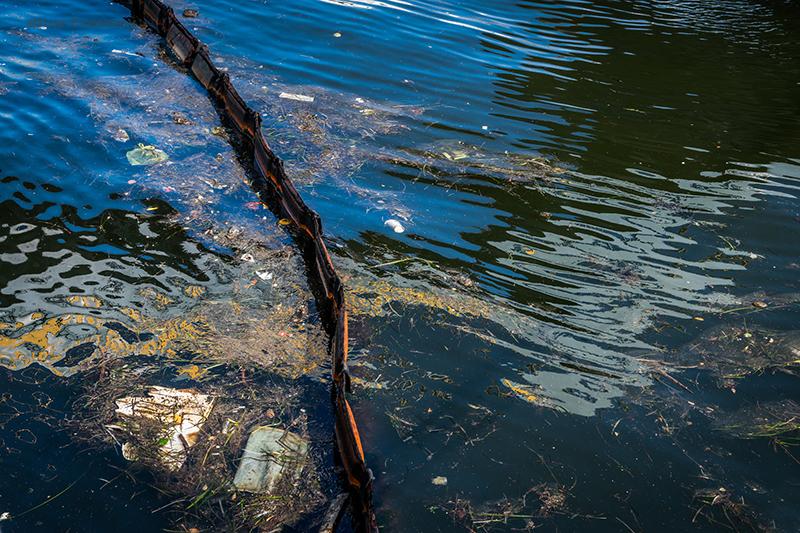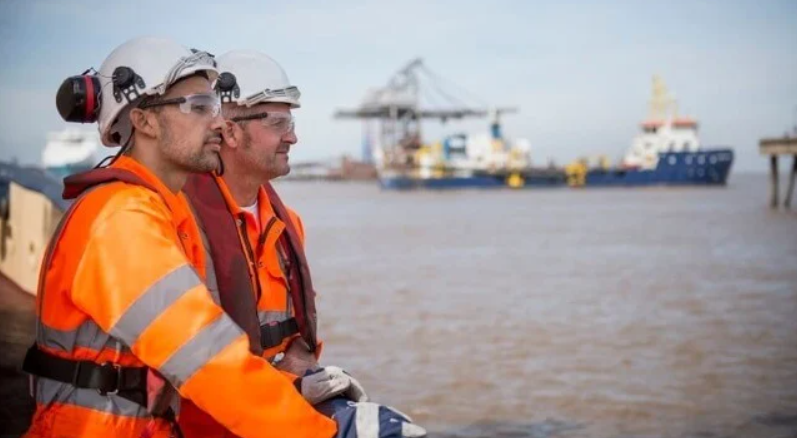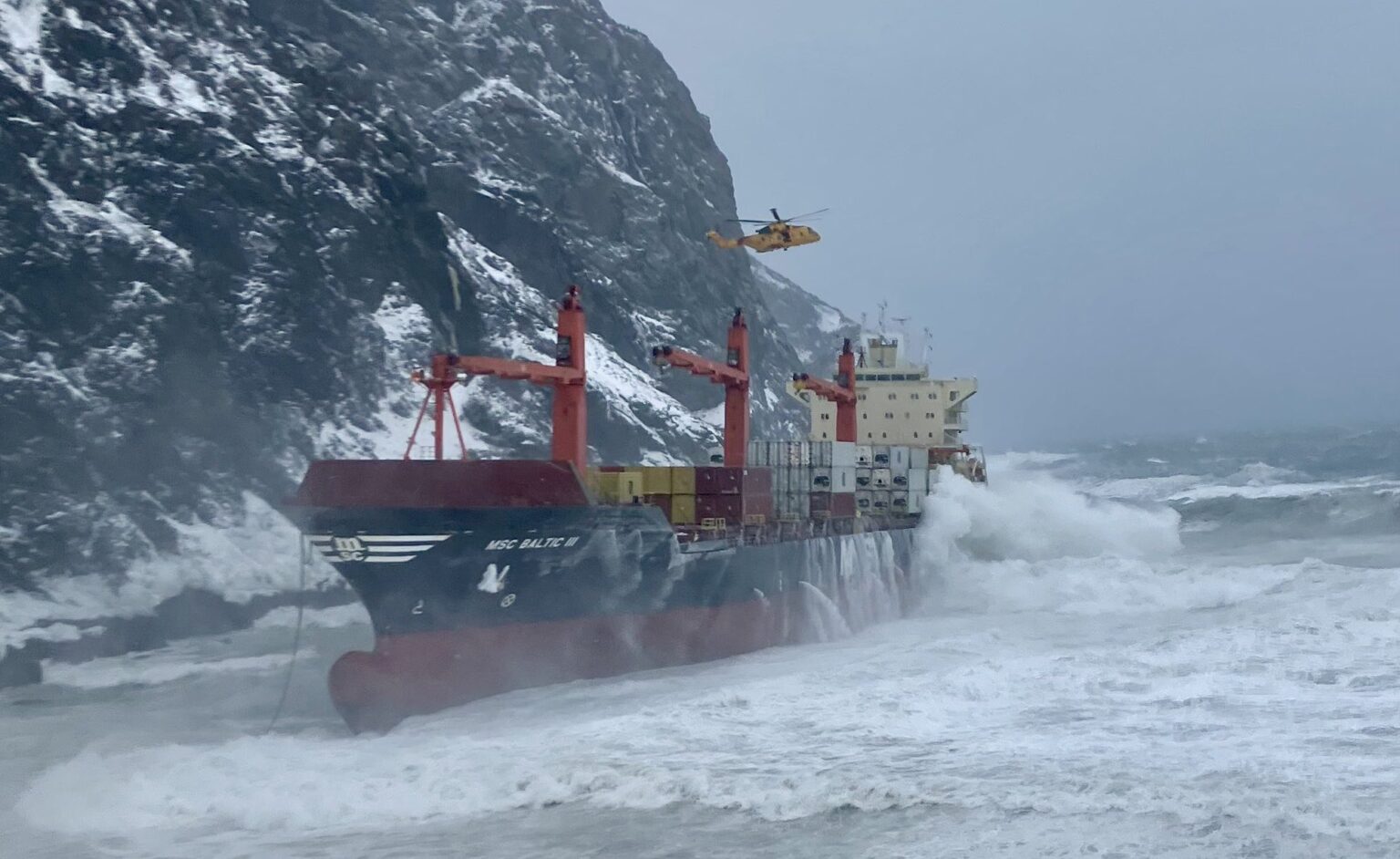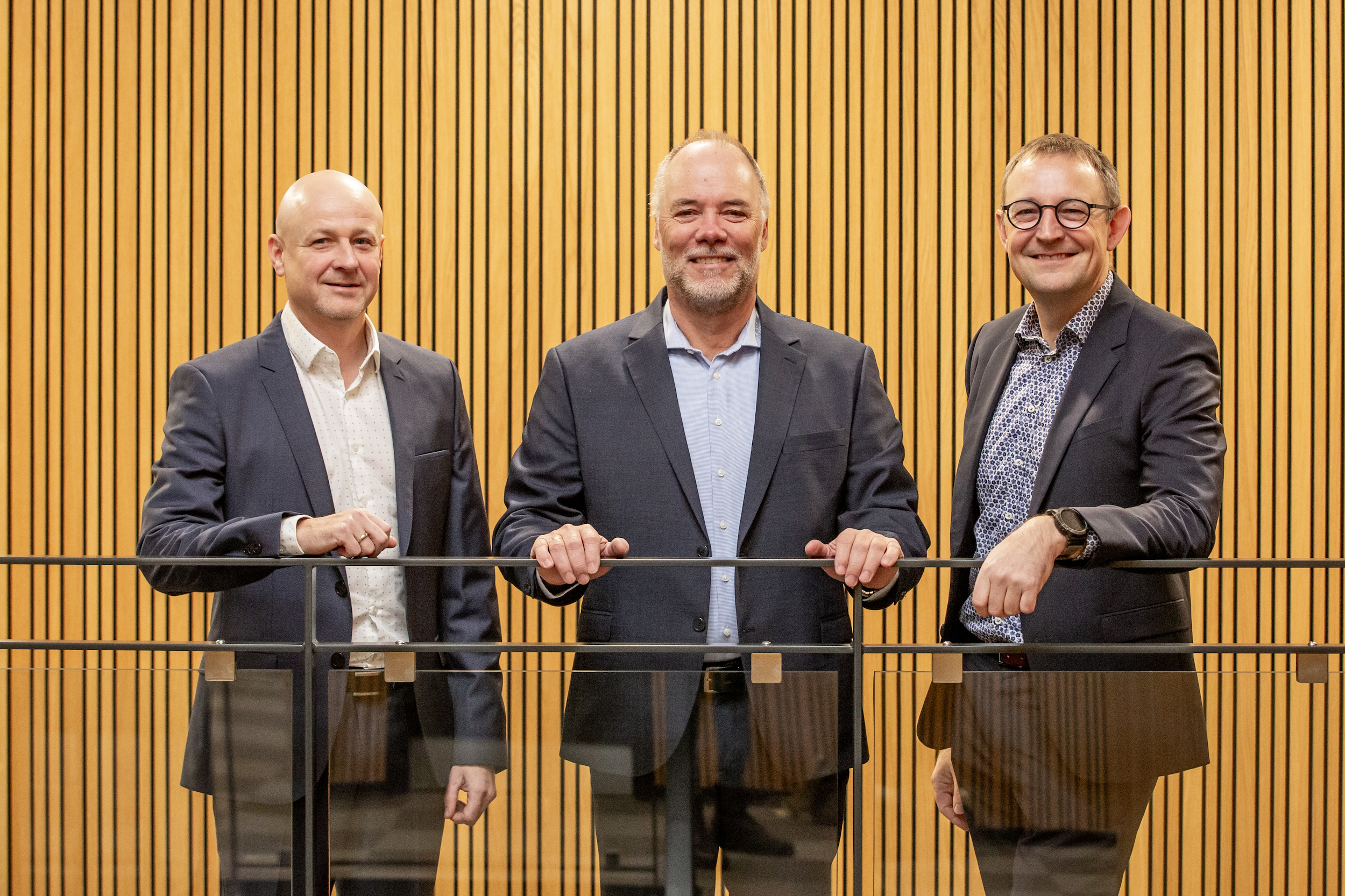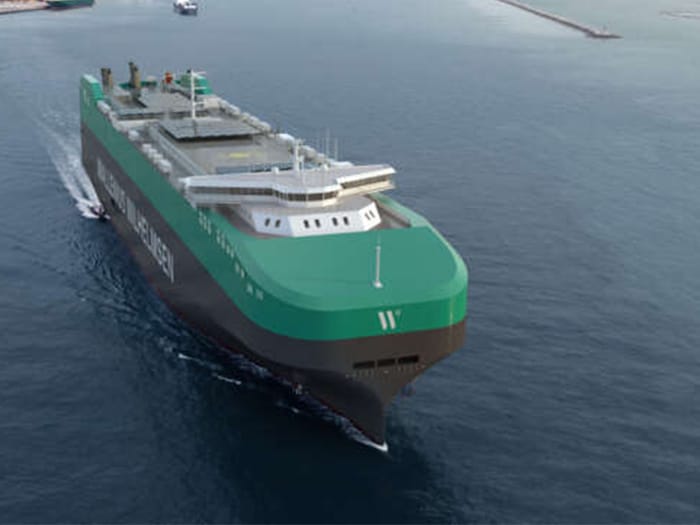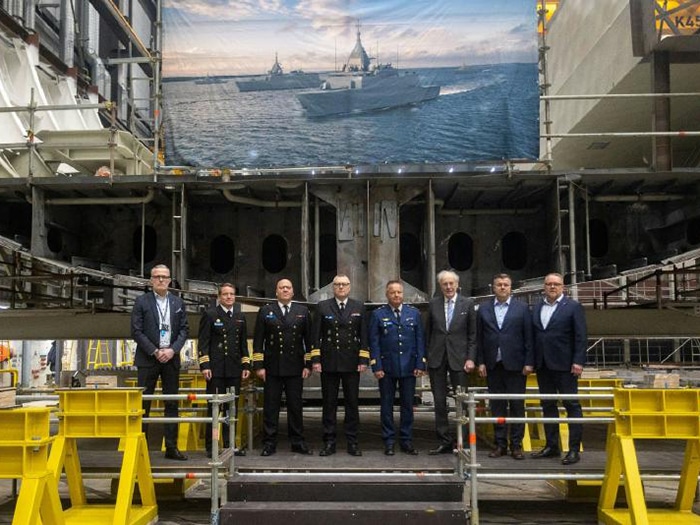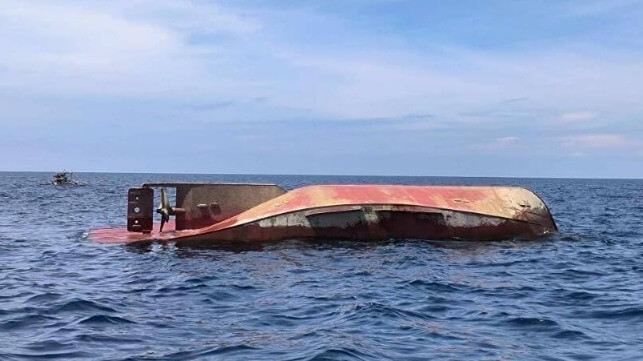The Back to Blue team participated in the 2022 Ocean Conference in Portugal, a global event putting ocean sustainability on the radar of policymakers and businesses. The conference was a chance for us to test our findings from The Invisible Wave, a research initiative of Back to Blue conducted by Economist Impact, drawing from interviews with over a hundred industry leaders, investors, scientists, activists, and policy experts said that to “ eblueeconomy”. Charles Goddard Editorial Director Global Initiative Economist Impact
He writes that The Invisible Wave was our attempt to quantify the scale of chemical pollution in our oceans, understand its impact, and surmise the responses – or lack thereof – from businesses and governments. Key learnings from the process were that marine chemical pollution is severe, under-analyzed, and often absent from the ocean health agenda.
Adding The UN conference reinforced our hypothesis. Plastics are front and centre of the agenda, but chemical pollution, wastewater treatment, agricultural runoff, and other types of pollution barely raise a mention.
The drive to address the plastics crisis is welcome – a treaty is underway which, if successful (and it’s a big if, given the timelines) would be the most significant multilateral agreement since the Paris accords.
This shows how strong public engagement can force change. The concern is whether a near-total focus on plastics could be distracting from other more damaging pollutants. Chemical pollution needs to be part of a more holistic approach to ocean sustainability.

Based on the Plastics Management Index, Back to Blue has prepared briefing reports on South East Asia (Indonesia, Malaysia, Thailand, and Vietnam), India, Ghana, and Egypt, analyzing the key gaps and best practices in the country’s plastics management index, and identifying opportunities for filling them.
Adding: Plastic pollution was one of the hottest topics at the conference: both in the plenary discussions and at side events. There was far less focus on different sources of marine pollution: chemical pollution, wastewater treatment, agricultural runoff, and other types barely raised a mention.

in this context several conference delegates we met pointed out that the level of public interest in plastic pollution means that there is now a real chance to forge solutions, and this opportunity justifies the near-universal focus on plastic.
Plastic pollution was one of the hottest topics at the conference: both in the plenary discussions and at side events. There was far less focus on different sources of marine pollution: chemical pollution, wastewater treatment, agricultural runoff, and other types barely raised a mention.
Several conference delegates we met pointed out that the level of public interest in plastic pollution means that there is now a real chance to forge solutions, and this opportunity justifies the near-universal focus on plastic.
This may be true. However, it also leaves an important gap: scientists tell us that chemical and other types of pollution are a critical threat. Yet they are not on the policy agenda—and barely on that of the UN.
The conclusion: ocean pollution needs to be examined, and addressed, in a holistic way. The focus on plastic is heartening, but it may risk distracting us from other—and potentially more damaging—pollutants.
2. Plastic treaty: momentum and risk
Much of the discussion about plastic pollution at the conference centred on the upcoming UN treaty negotiations. There is excitement and genuine optimism that this is a once-in-a-generation opportunity to address an issue that is critical for ocean health.
Yet, there is also risk. Ocean scientists we spoke with told us they have not yet been consulted and it is not clear how or whether the scientific community will be given a voice in the treaty negotiations.
Others expressed a worry that not enough is being done to prepare and inform UN member-state negotiators, many of whom have limited knowledge of the problem of plastic pollution and how to implement solutions.
The worry? That developing country governments may vote for a lowest-common-denominator treaty for fear of being locked into expensive policies that they simply don’t have the finance or capacity to implement.
There is one more, somewhat prosaic, worry. The treaty is due to be settled by the end of 2024, giving negotiators a heroically optimistic two years to get the deal done.
Yet three months in, there is growing frustration that key details of the negotiating process are still up in the air (or, at the very least, not well understood).
3. Ocean pollution data: the situation is much worse than thought
The Back to Blue team spent much of 2021 researching marine chemical pollution for one of our reports, The Invisible Wave. One of their key findings: the data are so patchy that regulators and executives can’t make well-informed decisions.
Yet, as it stands, data on marine pollution are woefully lacking. The UNESCO International Oceanographic Commission published its first State of the Ocean report during the UN Ocean Conference.
It found that there is an urgent need for qualitative and benchmarked data on the ocean, concluding that, “despite the global significance of ocean pollution, observations remain limited.
” One of the study’s lead authors told us that he too had been shocked to discover the dearth of good data on ocean pollution.



